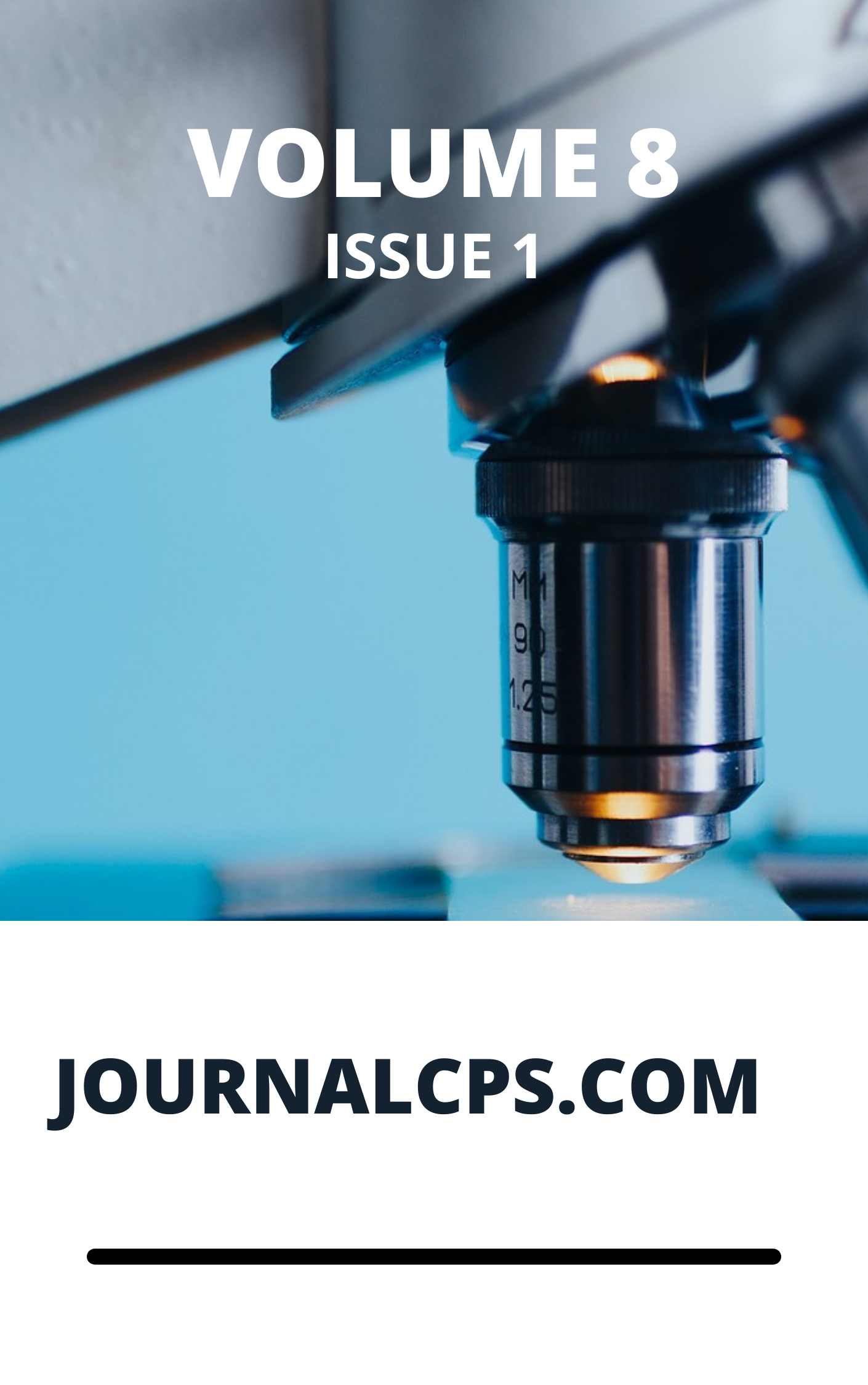Spectroscopic Characterization of Acetylated Wood Flakes and Its High-Density Polyethylene Blends
Keywords:
Acetylation, Wood flakes, Fourier Transform Infrared Spectroscopy, Poly-blends, Scanning Electron MicroscopyAbstract
Yakubu Azeh*, Fatima Abubakar, Monday Musah, John Tsado Mathew, Musa Tanko Umar, Yahaya Sayyadi Mohammad, Aliyu Turaki Ibrahim, Abdulkarim Mohammed Awwal, Hauwa Larai Muhammad Idris, and Aishetu Ibrahim Muhammad
Acetylation is a useful reaction for the improvement of the surface properties of natural fibers in bend/composites fabrications, which are essential in the determination of their usefulness. In this study, the effects of acetylation on wood flakes/fibers of Gmelina Arborea was investigated. Acetylation was carried out in batches using acetic anhydride as an acetylating agent and acetic acid as a catalyst at 120˚C for 1, 2, and 3 h under reflux. The efficiency of acetylation was evaluated in terms of weight percent gains (WPGs) due to acetylation. Polyethylene blends were prepared by the solution blending of acetylated/unacetylated wood flakes using casting-evaporation method in toluene. The effects of acetylated/unacetylated wood flakes on the biodegradability of blends were investigated. Acetylated wood and blends were characterized using Fourier transform infrared spectroscopy (FT-IR), Thermogravimetry analysis (TGA/DTGA) and scanning electron microscopy (SEM). Results obtained from the study revealed that modification was indicative based on the observation of C=O absorption peak at 1722 and 1640 cm-1 respectively. TGA results revealed blend composition of 0.5/0.5 g gave the best material’s stability. We also observed that the properties of the modified wood flakes/blends were enhanced by the lower equilibrium moisture content caused by acetyl groups. The modified wood flakes could find industrial applications in fiber and particles/plywood board products for various construction purposes while unmodified blends can be used in the production of polymer-based biodegradable products. Biodegradation results indicate that blending of acetylated wood flakes with polyethylene matrix enhanced its biodegradation. Thus, adding acetylated wood flakes into polyethylene could reduce the lifespan of PE in the environment.
Downloads
Published
Issue
Section
Most read articles by the same author(s)
- Yakubu Azeh, Monday Musah, John Tsado Mathew, Ameh Ohiga Alfa Ebune, Fatima Ibrahim, Umar Musa Tanko, Muhammad Umar Badeggi, Aliyu Ahmed Ibrahim, Abdulkarim Mohammed Awwal, Aishetu Ibrahim Muhammad, Karima Tani Muhammad, Ismail Haruna, Nasiru Ibrahim, Preparation of Conductive Antibacterial Film of Organoclay Origin , Communication In Physical Sciences: Vol. 12 No. 1 (2024): VOLUME 12 ISSUE 1
- Monday Musah, Hauwa I. Muhammad, John T. Mathew, Yakubu Azeh, Musa T. Umar, Proximate, Minerals and Functional Properties of Bombax buonopozense Cclyx , Communication In Physical Sciences: Vol. 7 No. 2 (2021): VOLUME 7 ISSUE 2
Similar Articles
- Thomas Ndidi Asiwe, Idongesit Bassey Anweting, Atim Sunday Johnson, Nzikahyel Simon, Solomon Enejo Shaibu, Eco-Friendly Synthesis and Characterization of Silver and Zinc Nanoparticles Using Aqueous Extract from the Bark of Antiaris toxicaria , Communication In Physical Sciences: Vol. 12 No. 1 (2024): VOLUME 12 ISSUE 1
- Kantoma, D.,, Green Synthesis of Silver nanoparticlesNanoparticles(AgNPs) using Calotropis procera leaves Leaves extract Extract and it adsorption Adsorption properties Properties for the removal Removal Chromium(III) ion. of Cr3+ from Petroleum Waste Water , Communication In Physical Sciences: Vol. 11 No. 1 (2024): VOLUME 11 ISSUE 1
- Kantoma, Dogara , Nwokem, Calvin Onyedika, Zakka Israila Yashim, Zaharaddeen Nasiru Garba, Green Synthesis of Silver Nanoparticles(AgNPs) using Calotropis procera Leaves Extract and it Adsorption Properties for the Removal of Cr3+ from Petroleum Waste Water , Communication In Physical Sciences: Vol. 10 No. 3 (2023): VOLUME 10 ISSUE 3 (2023-2024)
- Nwokem, Calvin Onyedika, Kantoma, Dogara , Zakka Israila Yashim , Zaharaddeen Nasiru Garba, Kinetic and Thermodynamic Studies on Adsorption of Pb2+ and Cr3+ from Petroleum Refinery Wastewater using Linde Type a Zeolite Nanoparticle. , Communication In Physical Sciences: Vol. 10 No. 3 (2023): VOLUME 10 ISSUE 3 (2023-2024)
- Hassan Abdulsalam, Dr Fatima Musa Lariski, Effect of Cerium on the Dielectric and structural Properties of Barium Titanate-based ceramics for multilayer ceramic capacitors , Communication In Physical Sciences: Vol. 12 No. 5 (2025): Vol 12 ISSUE 5
- Patricia Adamma Ekwumemgbo, Gideon Adamu Shallangwa, Idongesit Edem Okon, Ibe Awodi, Green Synthesis and Characterization of Iron Oxide Nanoparticles using Prosopis Africana Leaf Extract , Communication In Physical Sciences: Vol. 9 No. 2 (2023): VOLUME 9 ISSUE 2
- Elisha Karu, Buhari Magaji, Zaccheus Shehu, Hadiza Abdulsalam, Biosynthesis of Zinc Oxide Nanoparticles Using Solenostemon Monostachyus Leaf Extract and its Antimicrobial Activity , Communication In Physical Sciences: Vol. 6 No. 1 (2020): VOLUME 6 ISSUE 1
- Chigbundu C. Emmanuel, Adebowale O. Kayode, Equilibrium and Kinetics Studies of the Adsorption of Basic Dyes onto PVOH Facilely Intercalated Kaolinite - A Comparative Study of Adsorption Efficiency , Communication In Physical Sciences: Vol. 7 No. 4 (2021): VOLUME 7 ISSUE 4
- S. Chitra, Adsorption studies on the inhibition of the corrosion of mild steel in 2 M NaCl by tetracycline and neomycin trisulphate drugs , Communication In Physical Sciences: Vol. 5 No. 1 (2020): VOLUME 5 ISSUE 1
- S. Takuma, Assessment of changes in plasticity and mechanical properties of polystyrene fatty acid-based neem seed oil blends , Communication In Physical Sciences: Vol. 4 No. 1 (2019): VOLUME 4 ISSUE 1
You may also start an advanced similarity search for this article.




